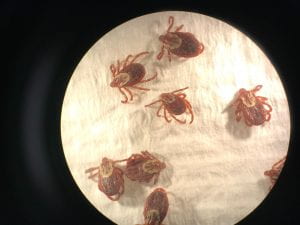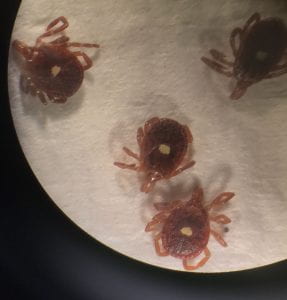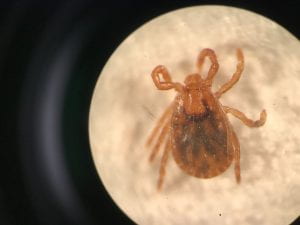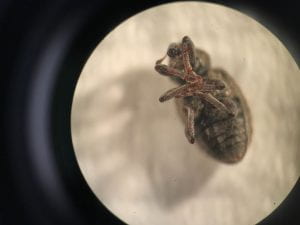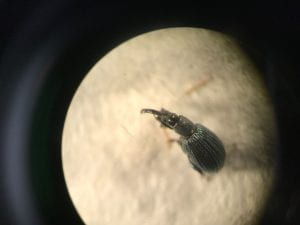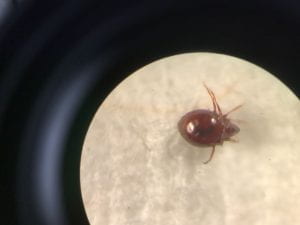Hello Everyone!
These past three weeks have been quite busy. After the Tick Blitz week, during which tick specimens were collected from master gardeners and volunteers from all over the Hudson Valley region, the participants sent in the specimens to the Entomology department here at Cornell University. The participants were asked to provide the vials with the ticks (which were still alive!) and collection sheets. I was responsible for freezing the ticks, then identifying them, moving package by package. Overall, there were approximately 3000 ticks sent in. Of course, it can be hard to differentiate different insects from ticks, especially with the small size, so there were also quite a lot of other species that came in as well. With the identification of all specimens nearly complete, I will be mapping the distribution of each species of tick throughout the Hudson Valley. From observing distribution patterns, we can deduce the prevalence of each species in different regions, and make predictions of what areas they are being introduced to.
